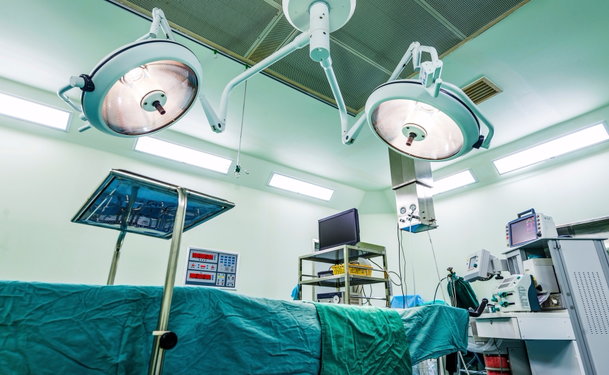A vasectomy is a surgical procedure that blocks the vas deferens, effectively stopping the flow of sperm from the testicles to the urethra (click here for more information on terms and anatomy). This is achieved through two steps:
- Isolation of the vas deferens
- Occlusion (blocking) of the vas deferens
The following information can help you understand the differences in vasectomy surgical techniques and the benefits and drawbacks of each.
Surgical techniques for isolating the vas deferens
Conventional surgical techniques for isolating the vas deferens require a scalpel and other standard surgical instruments. During this procedure, the patient is given a local anesthetic and an incision is made in the scrotum. The vas deferens is separated or isolated from the adjacent tissue in the scrotum. Once the vas deferens is isolated, it is blocked using sutures or cauterization. This technique is still used today because its safety and efficacy have been well established.
Minimally invasive vasectomy techniques use two instruments specifically designed for a vasectomy. They are called the vas ring clamp and the vas dissector. These allow a surgeon to limit the area of surgical dissection, to use a small opening in the scrotum, and to handle the tissue delicately. While there are a number of these techniques (e.g., the no-scalpel vasectomy described below), all have been reported to cause less pain and fewer early complications compared to conventional vasectomy techniques.
The no-scalpel vasectomy (NSV) uses a unique puncture technique that reduces trauma to the scrotum and vas deferens. Instead of a scalpel, the urologist uses a special clamp with very sharp tips to puncture the scrotal skin. The surgeon can then retrieve the vas and separate or isolate it from the surrounding structures in the scrotal sac without cutting the nerves or blood vessels near the scrotum. Once the vas deferens has been isolated, it is occluded with suture ligations or cauterization. NSV is associated with a lower risk of blood clots and infection, as well as less pain during and after the procedure.
The laser vasectomy is still relatively new and not widely available, although several clinics in Florida, California, and Idaho offer the procedure. In this technique, the surgeon uses a laser to access and isolate the vas deferens. However, conventional methods (e.g., sutures or cauterization) are still used to occlude the vas. To date, laser vasectomy not been shown to offer any significant advantages over the no-scalpel method.
The needle-free or no-needle vasectomy (NNV) uses a hypospray injector rather than a needle to deliver anesthetic so as to eliminate anxiety and pain from needle injections. The hypospray injector uses a small blast of compressed air to push medication below the skin and into the vas and scrotal sac.
Surgical techniques for occluding the vas deferens
Conventional surgical techniques for blocking the vas include sutures or cauterization. Once the vas deferens has been isolated, the urologist removes a segment of the tube (approximately 1 cm). Then, to stop the flow of sperm through the tube, either both ends of the tube will be sutured or the tube will be cauterized. This approach is highly effective and should be considered permanent, as it can be difficult to reverse.
Clip vasectomy, as the name implies, uses a small clip (about half the size of a staple) to clip the vas deferens once it has been isolated. A clip vasectomy can be performed using the VasClip® or Pro-Vas®. These devices are specially designed to stop the flow of sperm through the vas and can be removed in the future if a patient decides to have his vasectomy reversed. But while a clip vasectomy is reversible, it comes with some risks. The clip is adjustable, so a surgeon may have difficulty with accurate placement. If the clip is too loose, sperm may still flow from the scrotum; if it's too tight, the clip can damage the vas making reversal difficult.
Choosing a vasectomy surgical approach
When it comes to having a vasectomy, there are clearly a number of choices to consider. Discuss the various options with your physician, and when choosing a vasectomy doctor keep in mind both your preferences as well as the surgeon's level of experience and comfort with the various procedures.
References
Graham, S.D., & Keane, T.E. (2009). Glenn’s urologic surgery. Philadelphia, PA: Lippincott Williams and Wilkins.
Labrecque, M., Durfresne, C., Baone, M.A., & St-Hilaire, K. (2004). Vasectomy surgical techniques: A systematic review. BMC Medicine, 2, 21-32.
Barone, M., et al. (2003). No-scalpel vasectomy: an illustrated guide for surgeons. Third Edition. New York, NY: EngenderHealth.
Reviewed By


